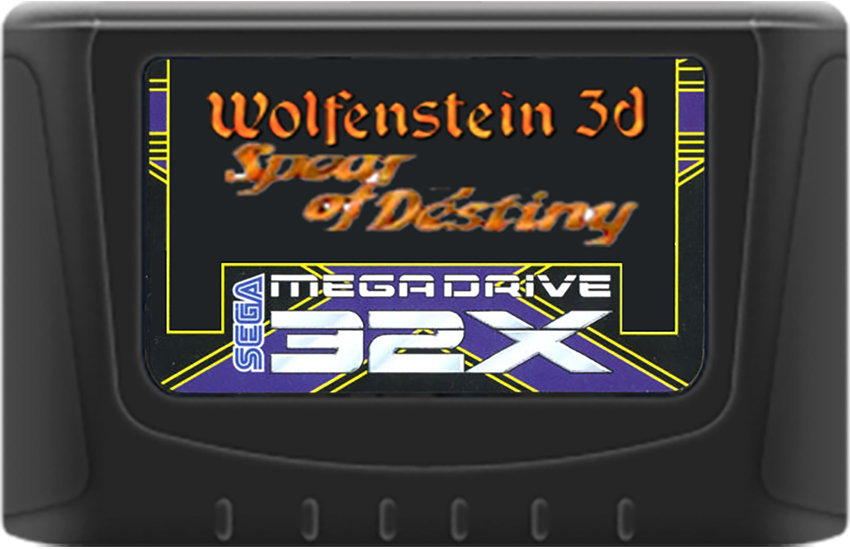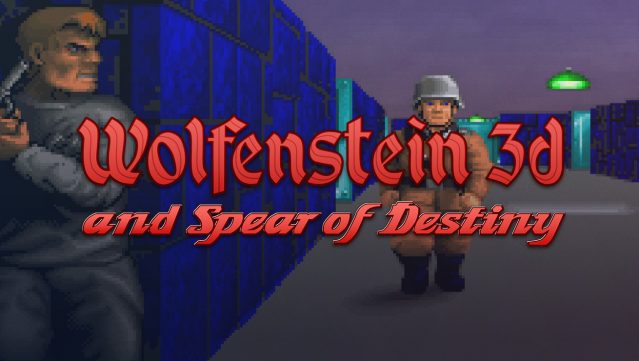


During a 2009 interview conducted by the author, Apogee head Scott Miller estimated that Wolfenstein 3D sold around 200,000 copies, making it "by far our best seller" in that era, over previous best-sellers that sold 50 to 60,000 copies. Soon it was bringing in $200,000 a month in sales through shareware channels. Wolfenstein 3D proved an astounding success almost immediately. Related: What Is Shareware, and Why Was It So Popular in the 1990s? "Those were definitely glitchier, and I was trying to make something rock-solid." "It was completely different from the Catacomb-3D and Hovertank One world rendering," says Carmack, referring to two of his previous first-person games. It used a new raycasting technique developed by Carmack to pull off the magic. Just as Commander Keen had shown that an average PC could perform console-like scrolling, Wolfenstein 3D proved that a consumer PC could render a high-frame-rate, texture-mapped, first-person 3D environment in VGA. Like other id Software games from the early 1990s, Wolfenstein 3D pushed the limits of what people thought was possible graphically with a PC at the time, in no small part due to the programming wizardry of John Carmack. The world had never seen anything like it. And you killed not just one person, but dozens in quick succession. The game placed you directly in the action, with shouting guards hunting you down, and enemies that audibly screamed and collapsed in a pool of blood when you killed them.

Its violence injected a dose of culture shock largely due to its immersive first-person experience, which was novel and somewhat terrifying in 1992.

While it may look cartoonish today, reviewers considered Wolfenstein 3D especially graphically violent (id Software even voluntarily-but-jokingly rated it "PC-13" for "Profound Carnage" as a warning that displays when you first run the game).


 0 kommentar(er)
0 kommentar(er)
